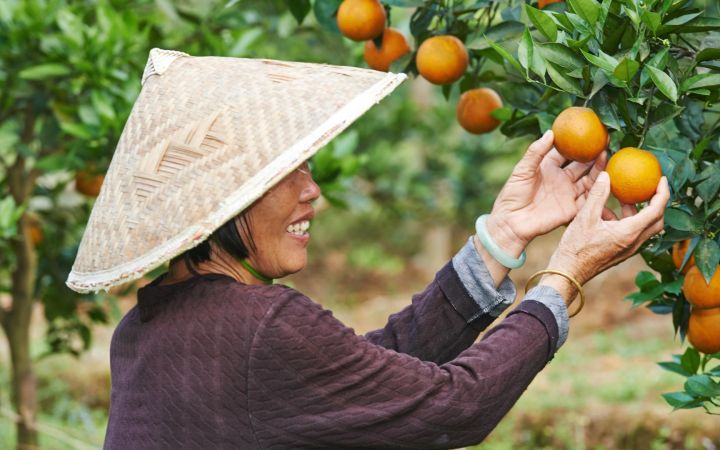Landholders need to turn professional in controlling kangaroo populations on their properties and regard the iconic Australian animals as assets rather than pests, new research led by ANU has recommended.
ANU Professor George Wilson, the lead author of the paper published in peer-reviewed journal Australian Zoologist, said millions of kangaroos died and were wasted in 2018 – without good conservation or animal welfare outcomes.
The paper discusses the benefits of landholders becoming professional kangaroo population control agents to avoid kangaroos becoming overabundant in droughts. It also acknowledges that changing the status of kangaroos is a complex undertaking and begins with increasing the dollar value of kangaroos as well as investment in research and development.
Professor Wilson said landholders who wanted to take advantage of the kangaroos on their properties should be trained to become professional population control agents to improve kangaroo welfare, and to achieve better outcomes for the environment and conventional livestock.
“Landholders should take on this professional role and see kangaroos as assets, not pests,” said Professor Wilson from the Fenner School of Environment and Society.
“It could even lead to fewer methane-producing livestock and more kangaroos producing low-emission meat. Higher value kangaroos would enhance sustainability and bring other benefits to both Indigenous and other landholders on whose properties they occur.”
Professor Wilson said non-commercial culling was increasing because landholders sought to stop kangaroos from competing with their conventional livestock.
“This form of killing leads to poor animal welfare outcomes and considerable wastage,” he said.
Professor Wilson said governments set harvesting quotas as a proportion of existing populations.
“An alternative would be to set population targets based on total grazing pressure that takes account of densities of other herbivores,” he said.
“It would reverse the situation where landholders are expected to carry an unstated number of animals that has no relationship to the carrying capacity of their properties, seasonal conditions or competing land uses.”
Dr Wilson co-authored the paper with Dr Melanie Edwards from Australian Wildlife Services:
https://publications.rzsnsw.org.au/doi/abs/10.7882/AZ.2018.043








